Technical Support技术支持
CONTACT US
 400 179 0116
400 179 0116
24-hour service hotline marketing@ldraft.comE-mail
marketing@ldraft.comE-mail
When cells encounter mycoplasma? Don't worry. This is it. Mycoplasma is gone
source:QiDa technoligy views:2169 time:2024-05-31
When cells encounter mycoplasma? Don't worry. This is it. Mycoplasma is gone
Mycoplasma (PPLO) is a small (0.2-0.3 micron) mencyless bacterium that can grow to very high concentrations, typically 107-108 organisms /ml, in mammalian cell cultures that are still not visible through conventional light microscopy. Using electron microscopy, it can be observed (figure below) that although late mycoplasma contamination causes the cell culture to become acidic, there are usually no obvious signs of contamination of the culture except as described below.
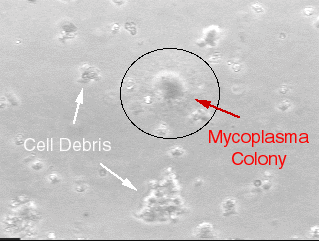
After magnification of mycoplasma:
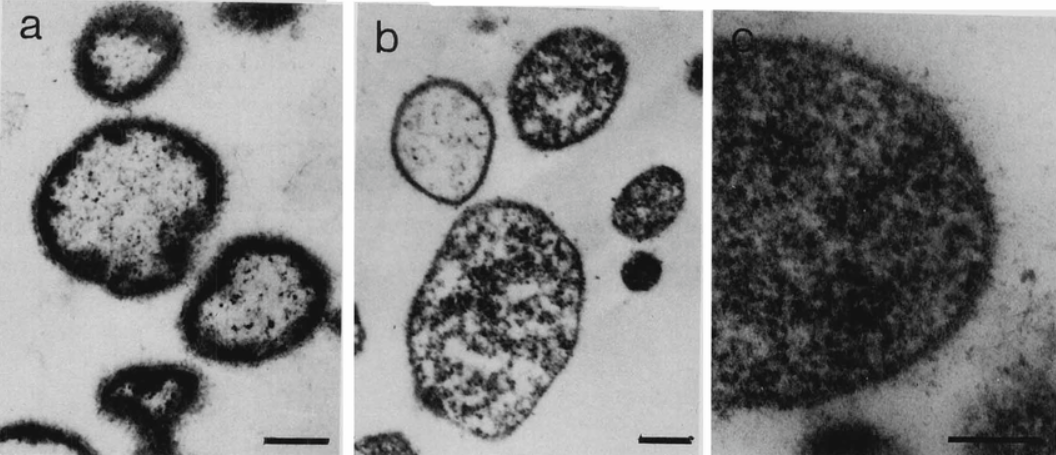
Characteristics of mammalian cell cultures: In the early stages of contamination, mycoplasma usually does not cause changes in the pH of the medium and does not produce significant toxic effects on mammalian cells. The growth of mycoplasma is mainly related to the cell membrane of mammals. In many cases, there is no sign of mycoplasma contamination, however, mycoplasma can cause changes in cell growth characteristics, inhibition of cell metabolism, disruption of nucleic acid synthesis, chromosomal aberrations, changes in cell membrane antigenicity, and can alter transfection rates and viral acceptability.
The only way to confirm mycoplasma contamination is to perform routine tests using special techniques, as shown below:
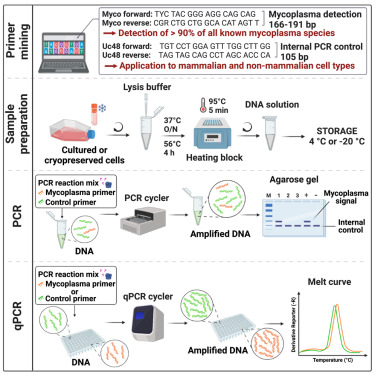
Typical routes of infection in cultures: In most cases, mycoplasma contamination occurs through cross-contamination of untested infected cells with other cell lines. When more than one cell line is infected at a time, or when the same vial of medium is used for more than one cell line, the contamination usually begins to transfer to other cells through microscopic atomization in the air during pipetting or during routine treatment of the medium.
The best preventive measure is a combination of good aseptic techniques with routine testing. In the course of a day or week, in order to handle the culture, try to be "clean to dirty". That is, the confirmed uncontaminated cells are treated first, the unknown or untested cells are treated second, and the cells suspected or known to be contaminated but must remain in the laboratory for special reasons are treated last.
Antibiotics: Most conventional antibiotics used in cell culture are ineffective against mycoplasma. Gentamicin sulfate, kanamycin sulfate, and tylomycin tartrate are effective to some extent, but may only be inhibitory, not mycoplasticidal,
What to do? Formulation is a problem, and the concentration varies from literature to literature, right?
It's a big head to think about
There is no need to rush to help you
Our mycoplasma removers and blackworm removers feature the following:
1000X mycoplasma remover:
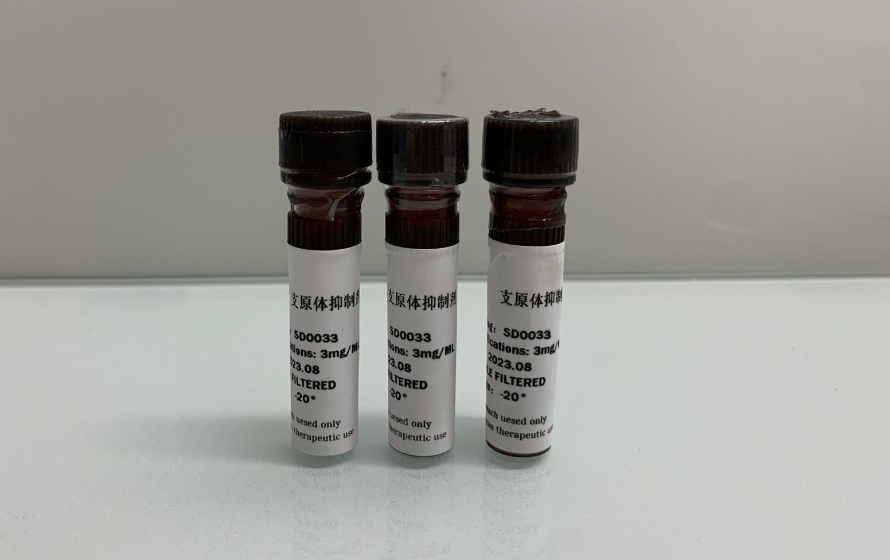
1. It was prepared with anti-mycoplasma polypeptide synthesis agent, no cytotoxic effect was found, and the treatment was simple, which could cure more than 99% of mycoplasma infection
2. Flexible and versatile, dilution 1000 times adding two generations of cell culture can clear mycoplasma, dilution 2000 times can prevent mycoplasma infection
3. Easy to use. Use 1ml diluted 1000 times.
1000X Black Worm remover:
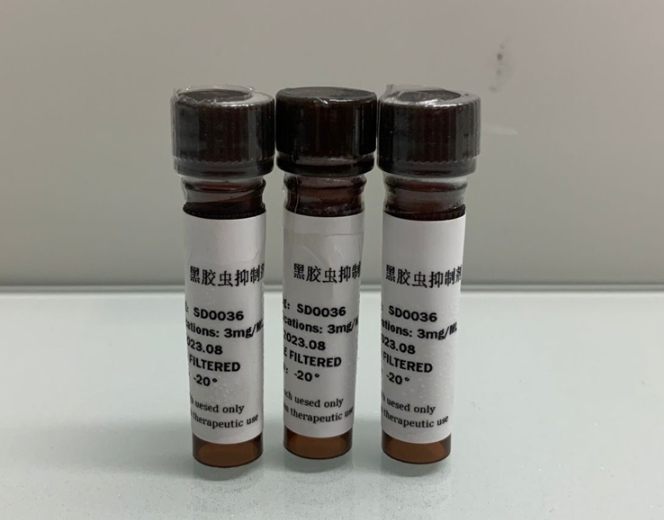
1. The use of small molecule antibiotic synthesis preparation, small cytotoxicity, strong bactericidal ability, the next day can see obvious effect
2. Easy to use, 1ml dilution 1000 times can be used
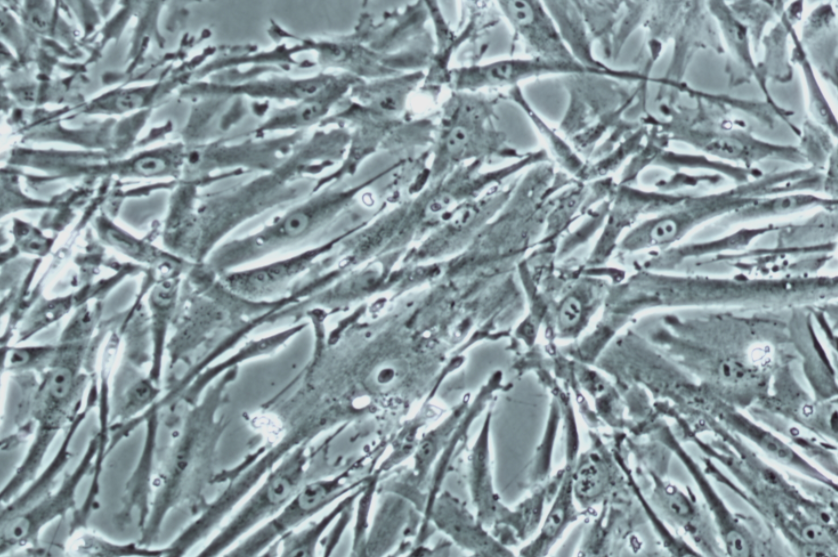
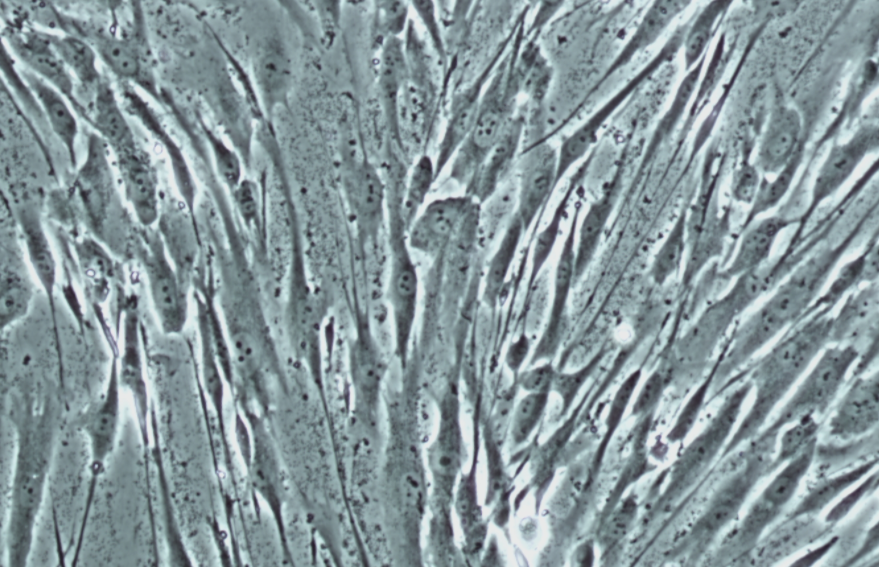
Add black worm remover before adding black worm remover for the third day







